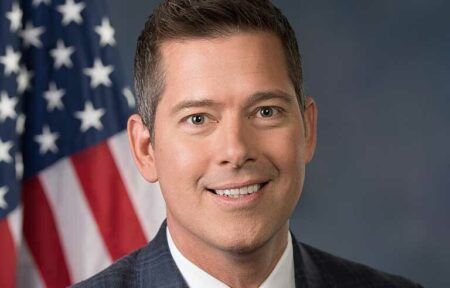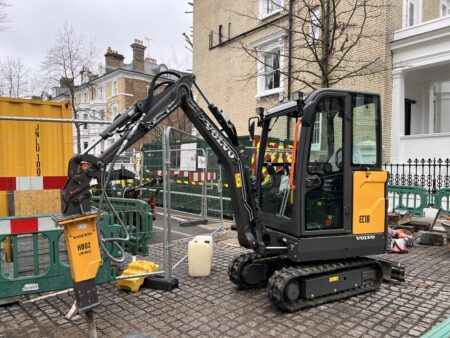As part of the USA’s commitment to reduce emissions by encouraging businesses and the motoring public to adopt non-gasoline or diesel powered vehicles, the US Department of Transportation (USDOT) has launched a new initiative to help drivers know where to find alternative fuels across the country.
The USDOT’s Federal Highway Administration (FHWA) has called on state and local officials to nominate routes where drivers can find alternative fuels. These ‘zero-emission’ and ‘alternative fuel’ corridors fulfill a directive in the ‘Fixing America’s Surface Transportation’ (FAST) Act.
The new provision, now included in the Federal Register, requires the US Transportation Secretary to solicit and designate national plug-in electric vehicle (EV) charging, and hydrogen-, propane- and natural gas-fueling corridors along major routes, defined as a segment of the National Highway System (NHS).
However, to encourage the creation of a national network of alternative fuel infrastructure, a corridor may also include feeder routes/roads that connect to that NHS segment. The FHWA’s notice invites nominations from state and local agency officials to assist in making such designations.
In 2014, the USA pledged to reduce greenhouse gas (GHG) emissions by up to 28% by 2025, and 80% or more by 2050. By supporting lower-emitting vehicles, alternative fuel and zero-emission corridors will help to reduce vehicle exhaust, which is a significant contributor to the country’s GHG emissions. The designation effort will develop a process to make formal corridor designations, including identifiable national signs, such as the red, white and blue ‘shield’ signs used on US Routes, once established criteria are met. Both corridors within a single state and multistate corridors are eligible, with the goal of connecting communities, cities, and regions, to develop a national network of alternative fuel facilities.
The FHWA anticipates that any new signage will distinguish between ‘zero emission’ corridors, supported by electric vehicle charging or hydrogen fueling infrastructure, and ‘alternative fuel’ corridors, supported by propane or natural gas fueling infrastructure, in order to make clear the nature of the alternative fuel supported in each corridor. Initial nominations for corridor designations are due to the FHWA no later than August 21. In the months ahead, the agency will develop a process for future nominations and designations.
“We can’t have Smart Cities without Smart Highways,” said US Transportation Secretary Anthony Foxx. “Making sure drivers with alternative fuel vehicles can use the national highway system, rather than being limited to local areas, is the next step in advancing America’s transportation network.”
Federal Highway Administrator Gregory Nadeau added, “By identifying where alternative fueling stations can be found, we can accelerate the use of innovative next-generation vehicles, improve air quality, reduce greenhouse gas emissions, and ensure our transportation network meets the needs of 21st-century drivers.”




